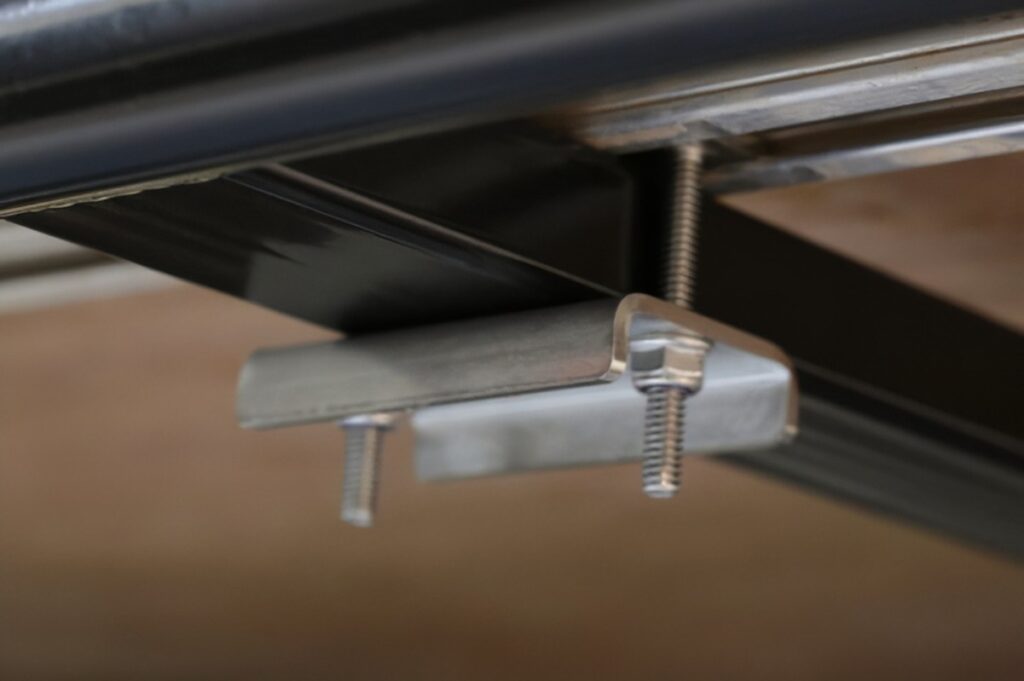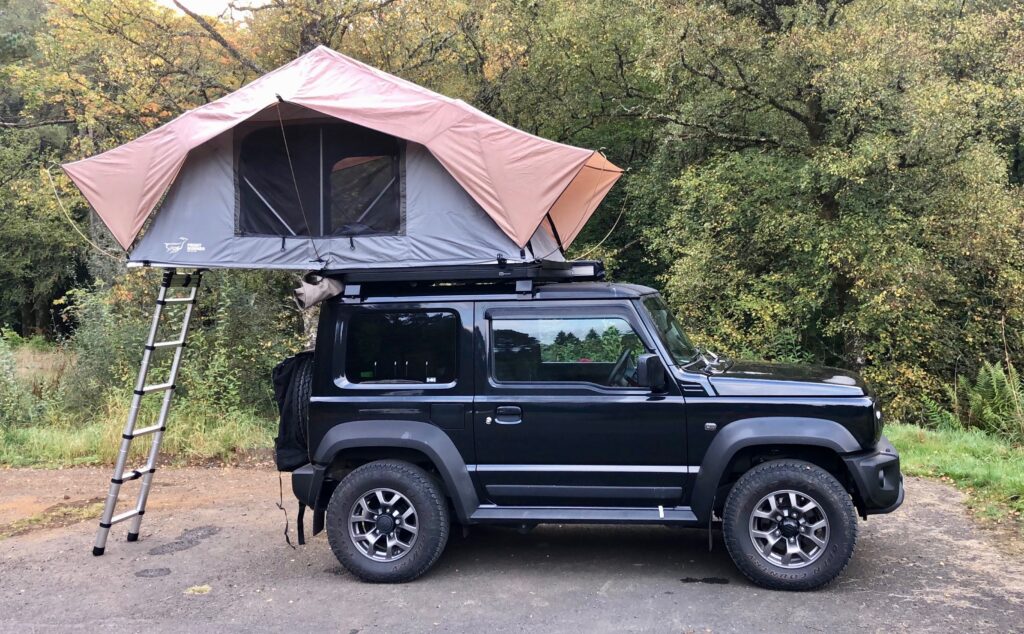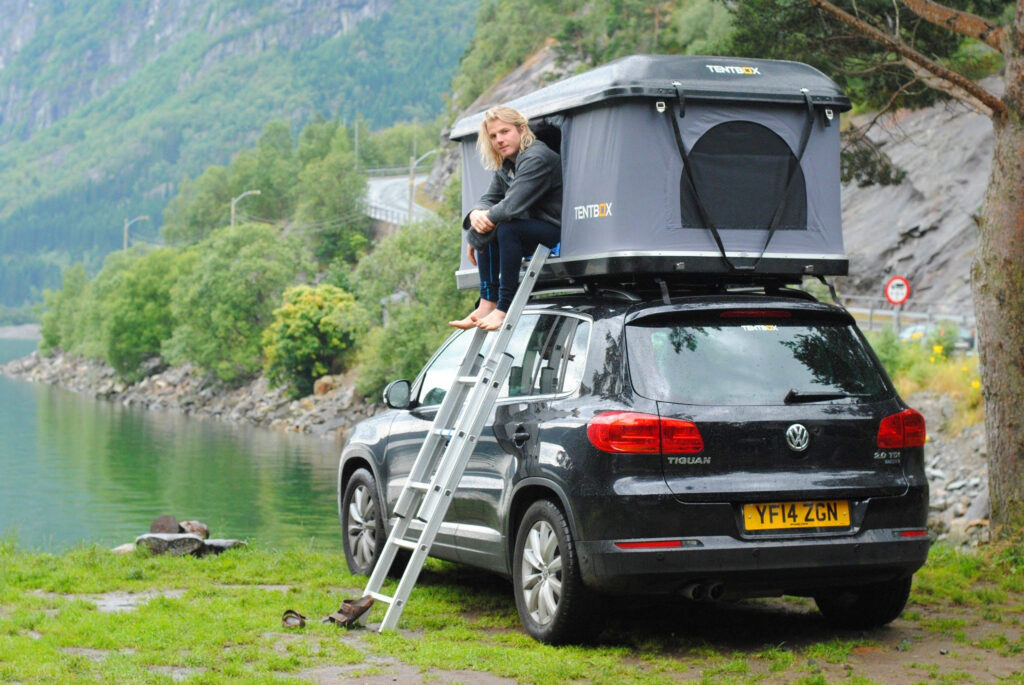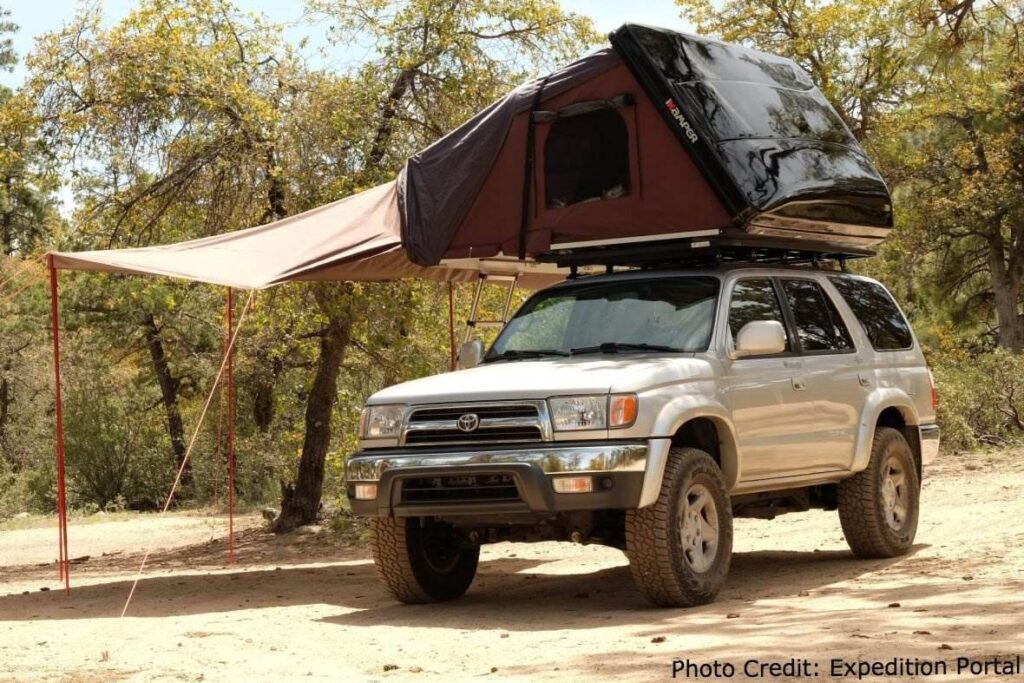Generally speaking, when you think of tents, you think of something meant for use on the ground. However, it is important to remember that this isn’t guaranteed to be the case.
For instance, rooftop tents are named thus because they are meant for use on the roofs of motor vehicles. Thanks to that, you should never try to set up one on the ground because that can cause you a wide range of serious problems.
In this as in other things, it is best to use things the way they are supposed to be used.
Table of Contents
What Are the Reasons You Shouldn’t Set Up a Rooftop Tent On the Ground?
Here are the reasons why you shouldn’t set up a rooftop tent on the ground:
It Can Get Damaged
Sometimes, you cause permanent damage when you use something in a way it wasn’t supposed to be used. Rooftop tents just aren’t meant to be set up on the ground.
As a result, if you force the issue, there is a real chance of you causing permanent damage that you could have avoided with ease. For example, you could damage your rooftop tent’s frame. Similarly, you could damage your rooftop tent’s connectors. Suffice it to say that causing permanent damage that you could have avoided with ease isn’t the best way to get maximum value out of your purchase.
The brackets that are attached to the underside of the rooftop tent are designed to connect the rooftop tent to the crossbars of your vehicle. If these connections rest on the ground and then the additional weight is applied, it can quickly happen that these mounting devices break or bend and thus severely damage the rooftop tent.

It Can Get Dirty
Speaking of which, using a rooftop tent in a way it wasn’t meant to be used is also a good way to get it covered in dirt, dust, and other unwanted substances. After all, it was never meant to come into contact with the ground while in use.
Thanks to that, if you force the issue, you are putting it in contact with a source of dirt, dust, and other unwanted substances that it was never meant to contact. As for why that would be a bad thing, there are several potential issues.
Due to the direct contact with the ground, it is possible that moving parts become dirty and are thus prevented from moving. The possible dirt deposits can also damage the mechanics of the rooftop tent.
Likewise, the underside of the rooftop tent should always be kept clean, as the screw connections or mounting brackets are movable and any dirt deposits can severely impair this mobility.
Structure and mechanic can be damaged
There is a real risk that your rooftop tent is just going to stop being capable of doing its intended job. Returning to earlier examples, a rooftop tent isn’t going to be capable of maintaining its shape if its frame gets damaged.
Similarly, a rooftop isn’t going to be capable of connecting to a motor vehicle if its connectors get damaged. The loss of intended functionality makes a rooftop tent less than what it should be, so much so that it can be downright crippling.
It Can’t Be Anchored to the Ground
You won’t always have the luxury of camping somewhere with fine weather. Sometimes, you get off-guard because no one can predict the future with perfect certainty. Other times, you might decide to head out anyway because other factors are forcing your decision.
Ground-based tents have the option of being firmly anchored to the ground using loops and ropes so that they are not blown away by wind or bad weather. Rooftop tents do not have these devices to be fixed to the ground.
Rooftop tents are meant to be anchored to either the roofs or the beds of motor vehicles. The parts that anchor them to motor vehicles aren’t meant to anchor them to the ground, thus making them much less safe under those conditions.
It Isn’t Designed to Prevent Water From Getting In From Underneath
Tent manufacturers make a serious effort to prepare their products for the conditions those products can expect to encounter when used as intended. The same is not true for conditions those products shouldn’t expect to encounter unless they are being misused. Thanks to this, a rooftop tent just isn’t meant to protect its occupants from water getting in from underneath in the same way as its ground-bound counterparts.
As a result, if you try to use it anywhere the ground is saturated with water for whatever reason, you could wind up soaked in the process. Water might be the sustainer of life. However, it is also more than capable of making you miserable. For that matter, water is great at damaging a wide range of materials, meaning exposure to excess moisture is not a good thing for the other things in your rooftop tent.
It Isn’t Designed to Prevent Other Issues From Getting In From Underneath
On a related note, that also means your rooftop tent isn’t meant to prevent other potential issues from getting in from underneath. Water might be the worst of those things, if only because it is such a common problem.
However, you should also keep insects and other small animals in mind. You don’t want to share your tent with pests. Chances are good you will be more of a threat to them than they are to you. Still, getting bitten by insects isn’t going to be anything fun at all, particularly since there is always a risk of something more serious happening.
Is There Any Situation In Which You Can Set Up a Rooftop Tent On the Ground?
The only time you can use your rooftop tent on the ground is when you have some kind of platform that it can connect to. Of course, that comes with some serious problems in its own right. One example would be the extra labor needed to set up that hypothetical platform.
Another example would be that hypothetical platform’s lack of anchoring, meaning it is susceptible to some of the same issues as putting a rooftop tent on the ground. If you insist on using your rooftop tent on the ground, you might get away with it with minimal issues once or twice. Still, you can count on paying for it in the long run.
Conclusion
Rooftop tents are not designed to be placed on the ground. A rooftop tent can be damaged if you put it on the ground and then sleep or stay in it.
The mounting brackets can be severely damaged by the weight. Dirt can accumulate in important areas and thus damage the mechanics of the rooftop tent.
Likewise, a rooftop tent is not designed to keep water out.
Therefore, you should never place a rooftop tent on the ground and then sleep on the ground in the rooftop tent.







